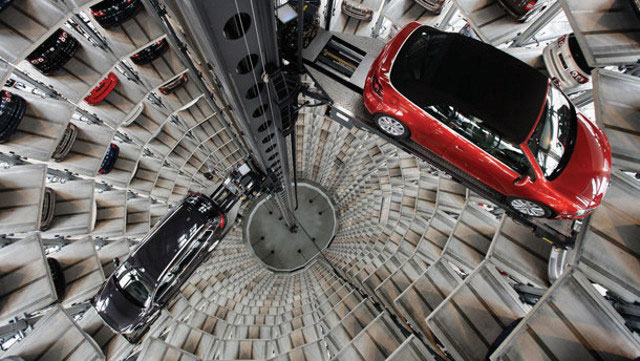Takeo Province Leads the Charge in Job Creation and Investment Attraction
Takeo Province is making significant strides in attracting investment, with nearly 800 factories currently operating, creating substantial job opportunities for the local population. His Excellency Wei Samnang, Governor of the Takeo Provincial Government, emphasized this commitment during a meeting with over 500 workers in Por Pel Commune, Tram Kak District, on May 18, 2025. During […]
Japan Enhances Investment Commitment in Cambodia’s Economic Future
In a significant step aimed at bolstering investment opportunities in Cambodia, the Japan Development Institute (JDI) has announced its support for the establishment of special economic zones (SEZs) in the country. This initiative is designed to attract a greater influx of Japanese investors, marking a pivotal moment in Cambodia’s economic development. The announcement came […]
US Government Explores Financing for Techo International Airport Project
The United States government is evaluating potential financing options for the construction of the Techo International Airport in Takhmao, with the first phase scheduled to open on July 10, 2025. This development was reported by Nikkei Asia on May 16, 2025. According to sources, the U.S. Development Finance Corporation (DFC), an agency under the Department […]
Singapore Resumes Construction of Changi Airport’s Largest Passenger Terminal After Pandemic Delay
In a significant milestone for Singapore’s aviation sector, the construction of Terminal 5 (T5) at Changi Airport has officially commenced following a two-year pause brought on by the COVID-19 pandemic. The groundbreaking ceremony, which took place on May 14, 2025, was graced by Prime Minister Lawrence Wong. Prime Minister Wong highlighted that the new terminal […]
UAE Eyes Investment in Cambodia’s Infrastructure and Ports
A delegation from Abu Dhabi Ports met with senior officials from Cambodia’s Ministry of Public Works and Transport today to explore investment opportunities aimed at enhancing the nation’s infrastructure and logistics capabilities, particularly in the realms of land and water transport, including port development. The high-profile meeting featured HE Heng Nan, Secretary of State for […]
Exciting Development: Green Tourism Infrastructure Construction Begins at Khnang Phsa Mountain
In a significant milestone for the local tourism sector, the Ministry of Environment has officially commenced construction on vital infrastructure aimed at promoting green tourism in the picturesque Khnang Phsa mountain area. The groundbreaking ceremony, led by the esteemed Minister of Environment, HE Dr. Eang Sophallet, marks the beginning of an ambitious project that promises […]



 ខ្មែរ
ខ្មែរ







